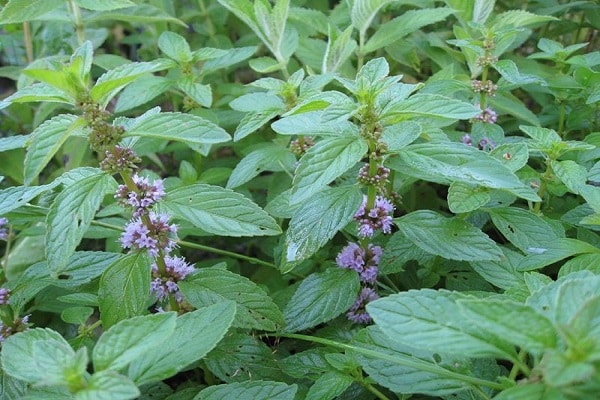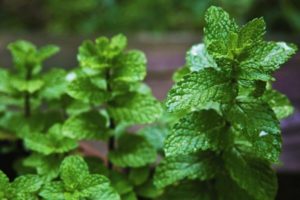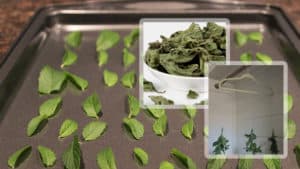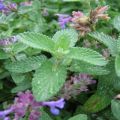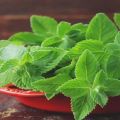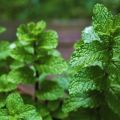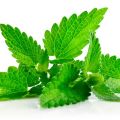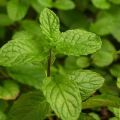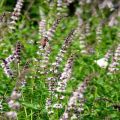Description of the field mint variety, medicinal properties and contraindications
Field mint is considered to be a fairly common perennial plant, which belongs to the family Labiata. This plant is actively used in folk medicine and cooking when creating salads and various dishes. Before you start growing mint, you need to familiarize yourself with its description and the nuances of growing.
Description
Field mint has a number of features that distinguish it from other varieties. Mint bushes grow up to one and a half meters in height. The main distinguishing feature is the stems, which are covered with shaggy reddish hairs. The leaves on the bushes grow up to five centimeters in length and are ovoid. At the edges of each leaf, small teeth are visible, the length of which reaches 3-4 mm.
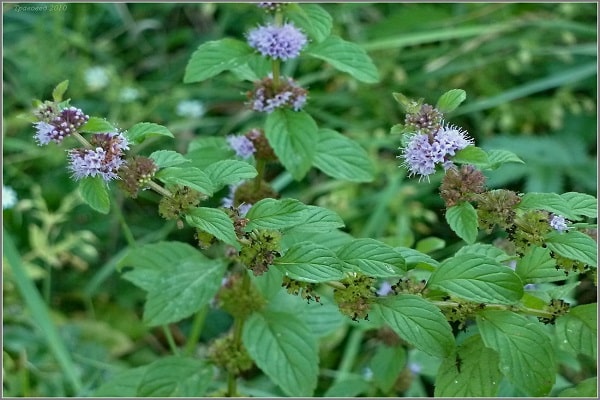
On ripe plants, flowers are formed, painted in lilac or violet. They are located at the base of the stems near the leaves. After flowering, mint is covered with rounded fruits that look like smooth nuts.
Where grows
Mint bushes are not found in all countries, as they cannot grow in some climates. Field varieties grow in western and central Asia, Nepal. They are also found in most European countries and in Russia.
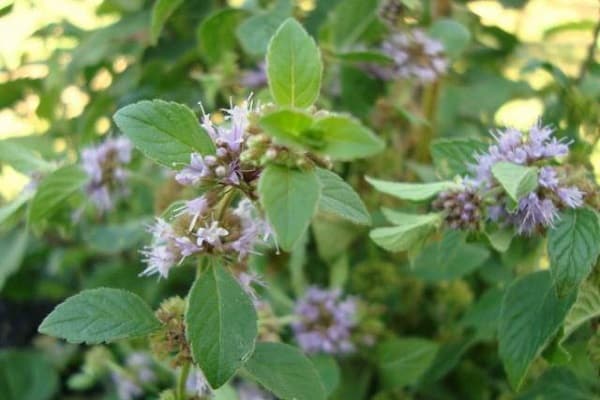
The plant does not like dry weather and needs constant moisture. Therefore, mint bushes most often grow on the banks of rivers, reservoirs or lakes. Less commonly, they can be found in swampy areas or areas with clay soil.
Medicinal properties and contraindications of meadow mint
It is no secret that the field mint variety has many useful properties, thanks to which it is used in the treatment of diseases. Mint leaves contain a lot of menthol, which is considered an excellent anesthetic. When treating with leaves, rub the skin or apply them to the irritated mucous membrane.

Also, medicinal decoctions and tinctures are made from the stems, which improve the functioning of the digestive tract and cleanse the digestive tract. Such funds are drunk twice a day - in the morning and in the evening.
Before using peppermint medicines for the treatment of diseases, you should familiarize yourself with the contraindications. It is impossible to use mint for therapeutic purposes in the treatment of children under six years of age. Pregnant girls and people with allergies will have to refuse to use the plant.
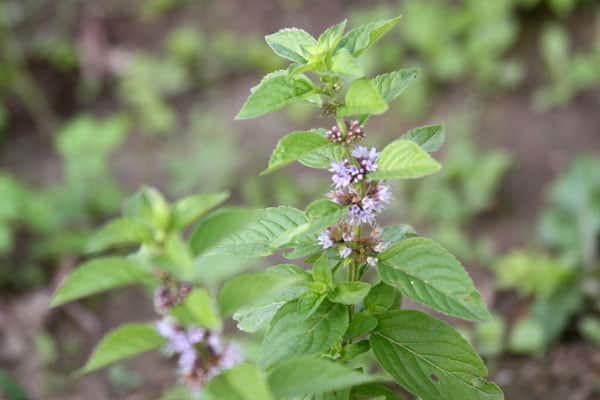
When to plant mint
Before you start planting mint, it is recommended to determine the optimal time for planting it.Experts recommend planting the plant in late spring or in the second half of summer. In early spring and in the middle of summer, planting is not worth it, since the material will grow poorly due to spring frosts and summer heat.
If the bushes will be grown in a greenhouse, then the planting dates can be postponed to any other month. With this growing method, too high or low outdoor temperatures will not affect the planted seedlings in any way.
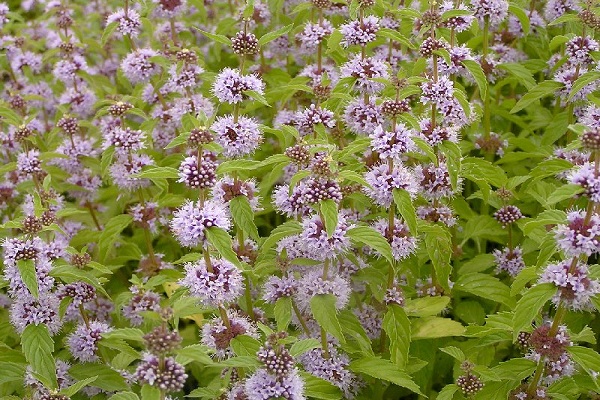
Preparation of planting material
It is recommended to prepare the seed in advance so that the mint grows well. For this, a preliminary disinfection of all seeds is carried out. This is done using a weak manganese solution, in which the seeds should be soaked. Soaking the seeds lasts 15-20 minutes, after which all seeds are removed from the solution, washed and dried.
Disinfection is carried out only if self-collected seed is used during planting. If the seeds were purchased from a store, decontamination is not necessary.
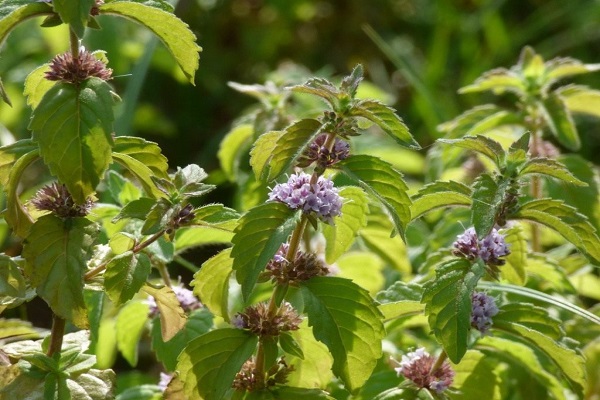
Choosing a landing site
The choice of a place to grow mint should be taken seriously, as the rate of its growth depends on it. It is recommended to plant the plant in a well-lit area with adequate protection from gusts of wind. Areas with fertile, loose soil and the necessary amount of nutrients are best suited for mint bushes. Therefore, many plant them in black soil.
Lime soil is not suitable for mint, as weak and low-aromatic bushes grow in it. In order for the plant to grow stronger, you will have to pre-treat the area with fertilizers. To do this, add to the soil:
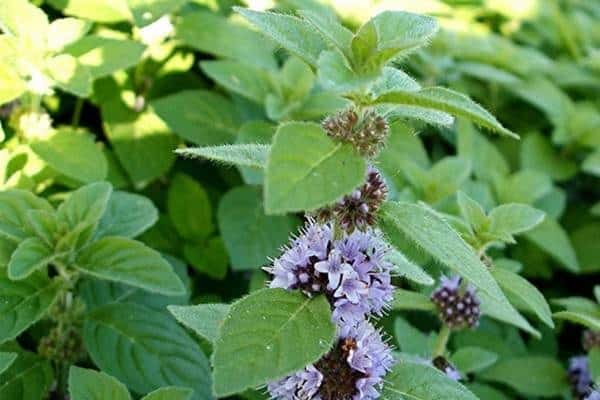
- superphosphate;
- potassium chloride;
- ash;
- saltpeter.
Planting a plant
It is imperative that you familiarize yourself with the features of the planting process in order to sow the seeds correctly.
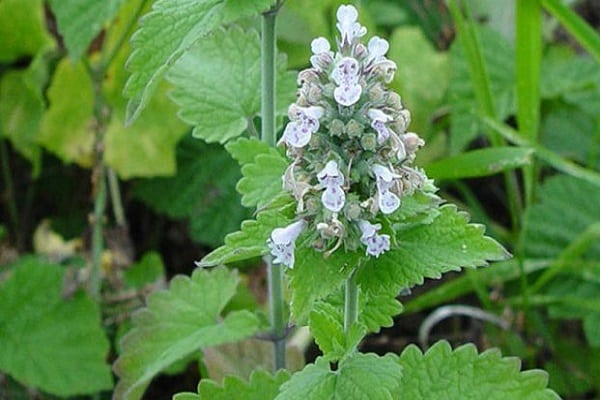
First, rows are marked on the site, on which holes for landing will be made. The rows should be about 50-60 cm apart so that the bushes do not shade each other. On each row, small holes are made about 5-7 cm deep. All holes are pre-filled with humus, poured with warm water, after which seeds are planted in them.
After planting, the planted mint is covered with soil and re-watered.
Basic rules for caring for mint
Mint is considered an unpretentious plant, and therefore some practically do not care for it. However, for normal growth and development of the bushes, you will still have to carry out standard care procedures.
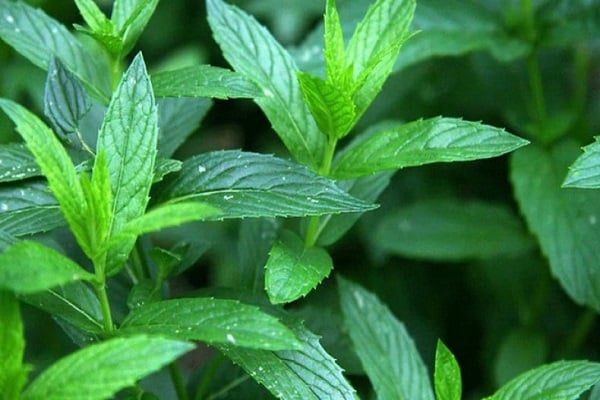
When growing, be sure to water the bushes so that they have enough moisture. Soil moistening is carried out in the evening, after sunset. When all the mint is watered, loosening of the soil is carried out to remove the crust formed on the surface and remove weeds.
Also, plants are fed with fertilizers so that there is no deficiency of nutrients. Once a season, ash with compost and peat is added to the soil.
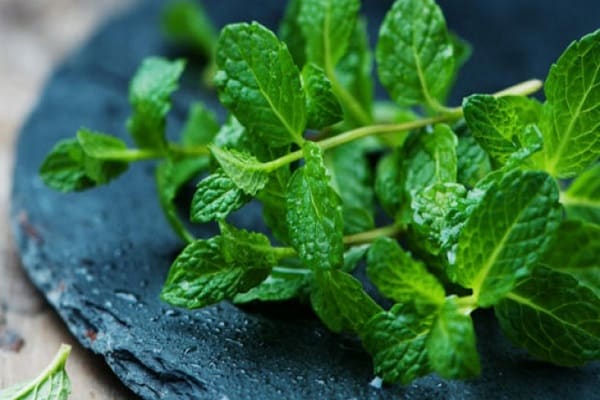
Diseases and pests
Mint, like any other plant, is attacked by pests and suffers from various diseases. Dangerous diseases include:
- Rust. The disease is manifested by yellowing of the leaves and often leads to the death of seedlings.
- Fungal diseases. They appear as a result of high humidity and a lack of fertilizers.
The most dangerous pest for seedlings is the mint flea, which feeds on young leaves. It appears on bushes in late spring, when the air temperature rises to 15-20 degrees. If you do not get rid of this insect in a timely manner, the plant will begin to dry out and die.
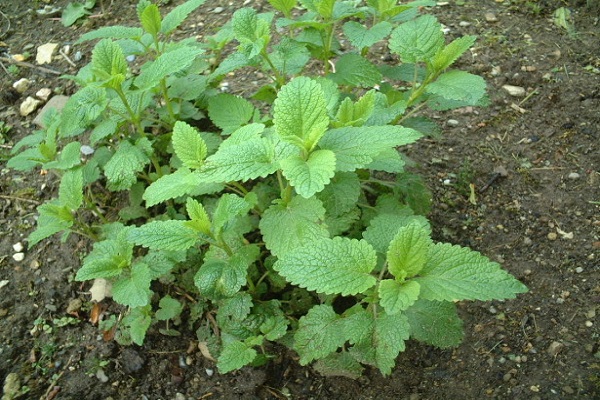
Harvesting and storage
Mint is harvested when it is actively blooming. During the flowering period, the stems with leaves are saturated with essential oils and tannins.During harvesting, you should carefully examine all the bushes and make sure they are not very young. Unripe seedlings have a faint odor and are less useful.
After harvesting, the entire crop is hung in the sun and dried for several days. The dried plants are stored so that they can be used during the winter.
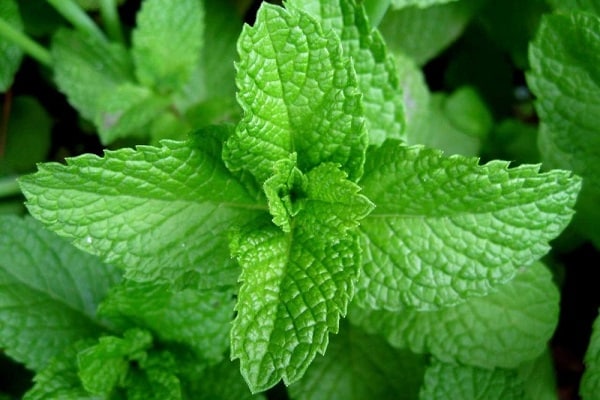
Conclusion
Some gardeners want to start growing field mint on their plots, but do not know how to do it. To understand this, you should familiarize yourself with the peculiarities of cultivating and caring for mint bushes.
